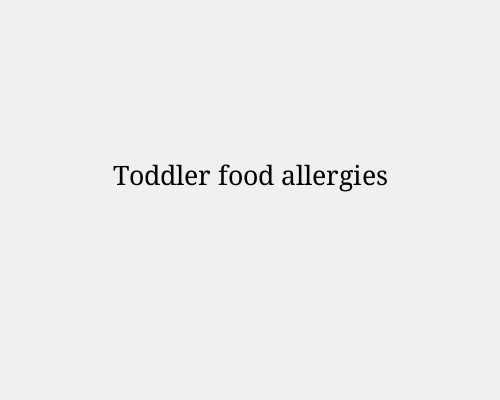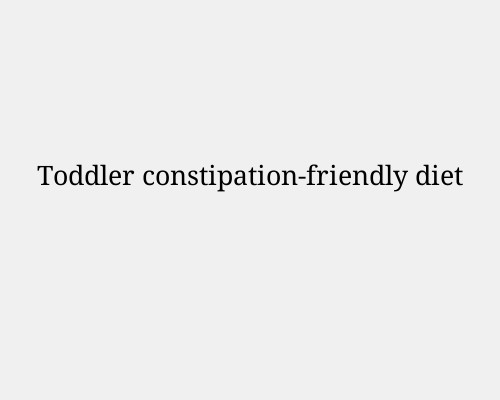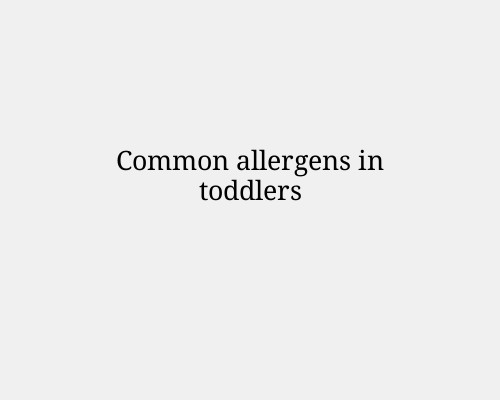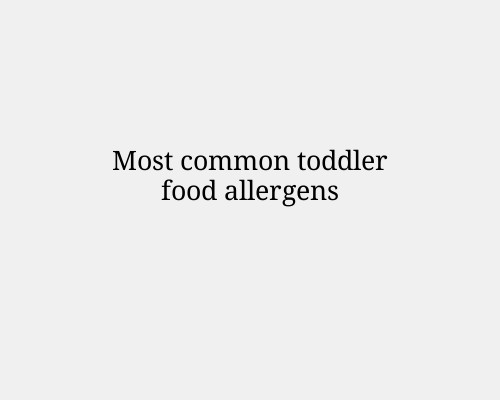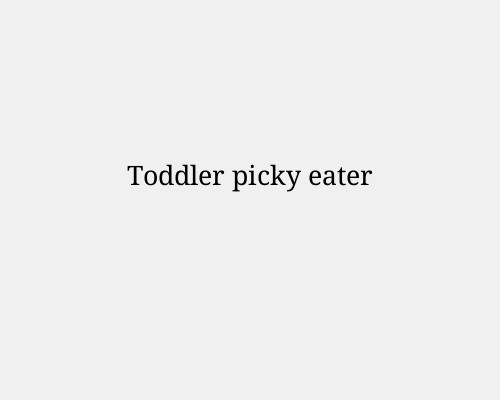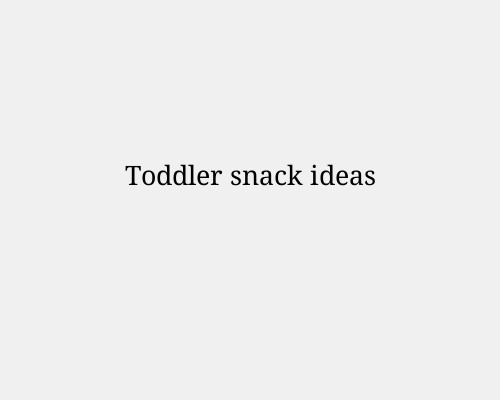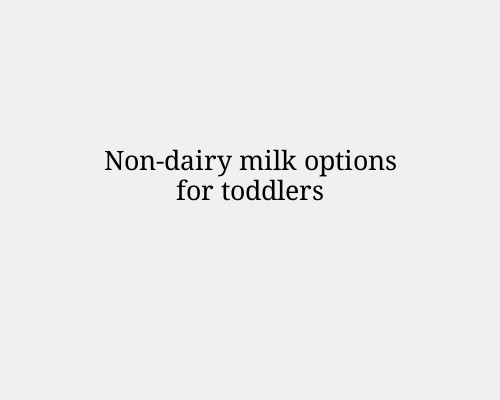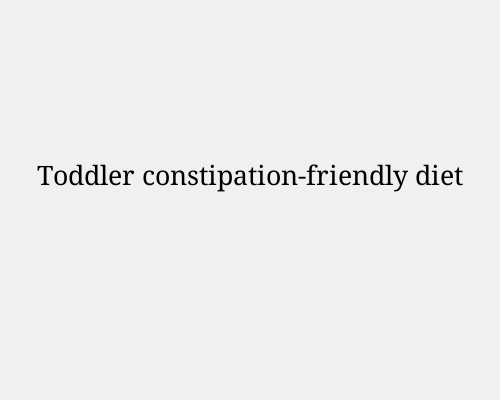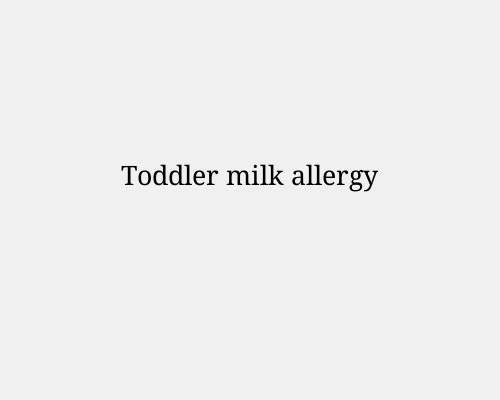
For a toddler with cow’s milk allergy (CMA), the key is to completely avoid all cow’s milk proteins (casein and whey) while still ensuring they get enough calcium, vitamin D, healthy fats, and protein from other sources for growth.
Here’s a practical breakdown:
Foods to Avoid
All forms of cow’s milk (whole, skim, condensed, evaporated)
Dairy products: cheese, yoghurt, butter, cream, sour cream, custard, ice cream
Hidden sources: milk powder, milk solids, casein, whey, lactose (often contains milk proteins), milk-derived flavourings
Many baked goods, processed snacks, soups, sauces, and instant cereals may contain milk—always read labels.
Safe Milk Alternatives
Choose fortified, unsweetened plant-based or special formulas (check with your pediatrician). Examples:
Fortified oat milk (good for baking & cooking)
Fortified soy milk (higher in protein)
Fortified almond or rice milk (lower in protein—pair with other protein foods)
Hypoallergenic formulas for toddlers if needed:
Extensively hydrolyzed formula (EHF)
Amino acid-based formula (AAF)
Key Nutrients & Where to Get Them
Nutrient Dairy-Free Sources
Calcium
Fortified plant milks, fortified cereals, tofu (calcium-set), leafy greens (spinach, kale), broccoli, chia seeds, tahini
Vitamin D Fortified plant milks/cereals, safe sunlight exposure, supplements if advised
Protein Lean meats, poultry, fish, eggs, beans, lentils, chickpeas, soy products, quinoa
Healthy fats
Avocado, nut butters, seeds, olive oil, fatty fish
Example Daily Diet Plan (Age 1–3) Breakfast
Fortified oat milk porridge with chia seeds & mashed banana
Side of berries
Snack
Apple slices with almond butter (if nut-safe) or hummus
Lunch
Mini chicken & veggie patties
Steamed broccoli & sweet potato
Water or fortified soy milk
Snack
Dairy-free yoghurt (soy or coconut-based) with oats
Dinner
Salmon flakes with quinoa and roasted carrots
Side of avocado
Before bed (if needed)
Fortified plant milk or hypoallergenic toddler formula
Tips for Success
Always check “may contain milk” labels—depending on allergy severity, cross-contact can matter.
If your toddler is in day care or stays with relatives, give them a clear list of unsafe and safe foods.
Track growth with your paediatrician or a paediatric dietitian to ensure no nutrient gaps.
Some toddlers with CMA outgrow it—your doctor may recommend a supervised milk challenge later.
